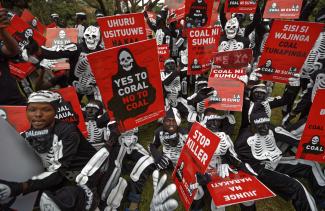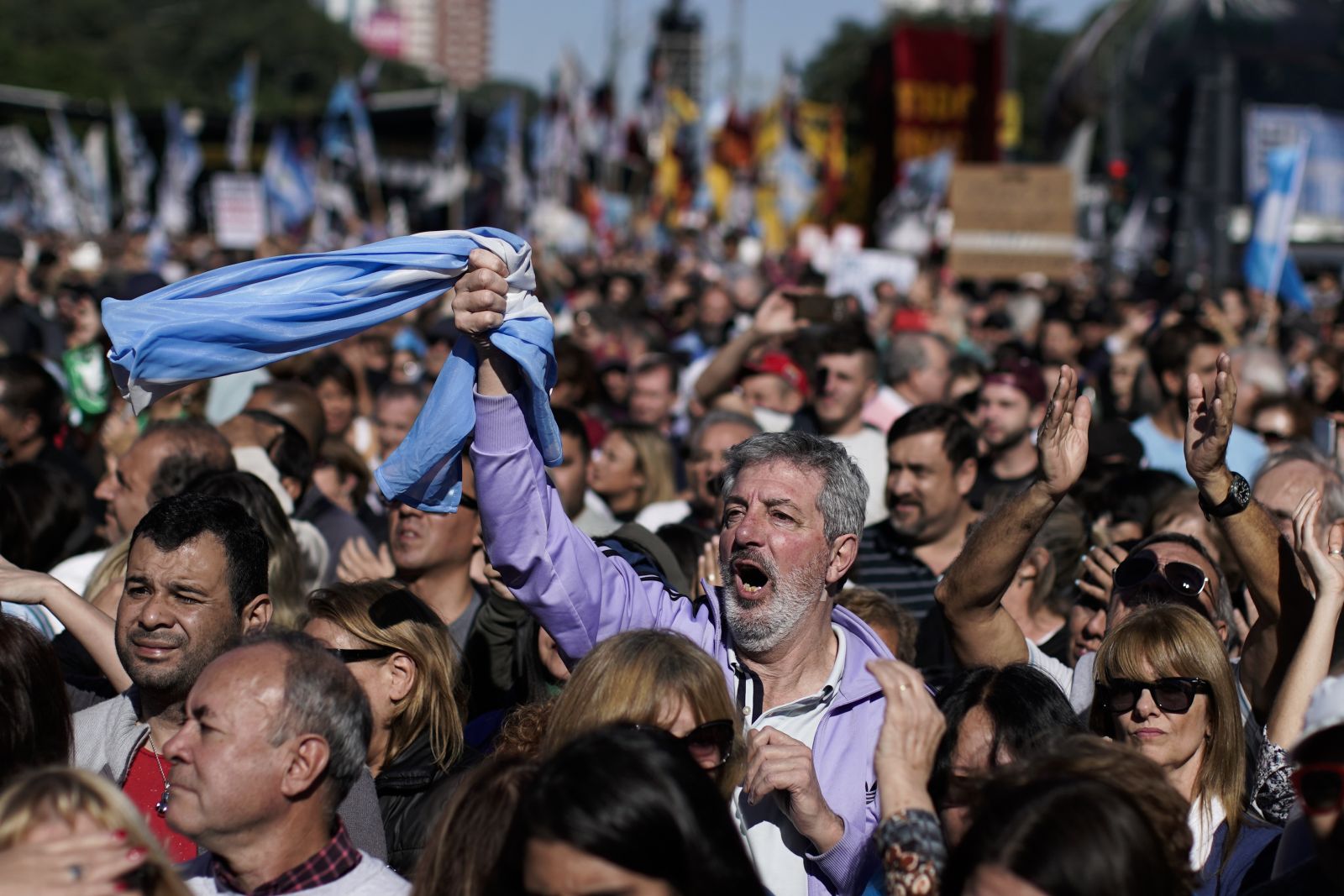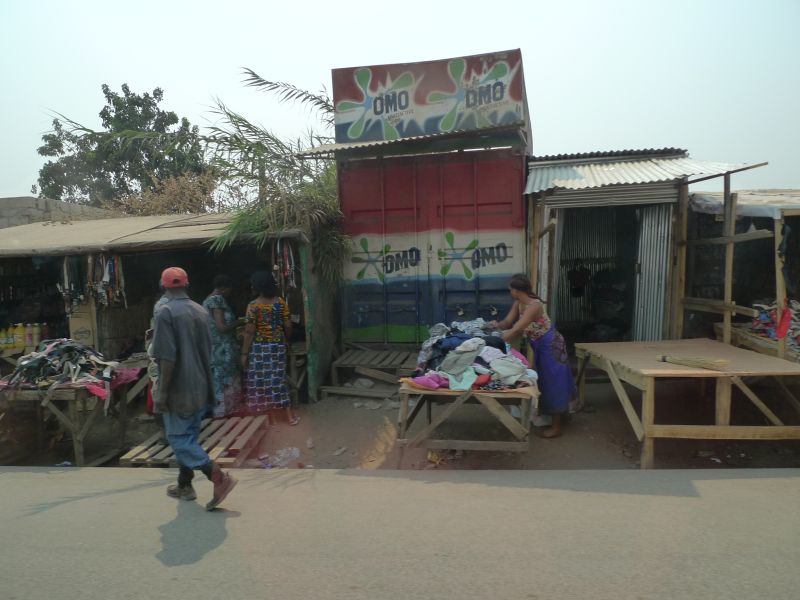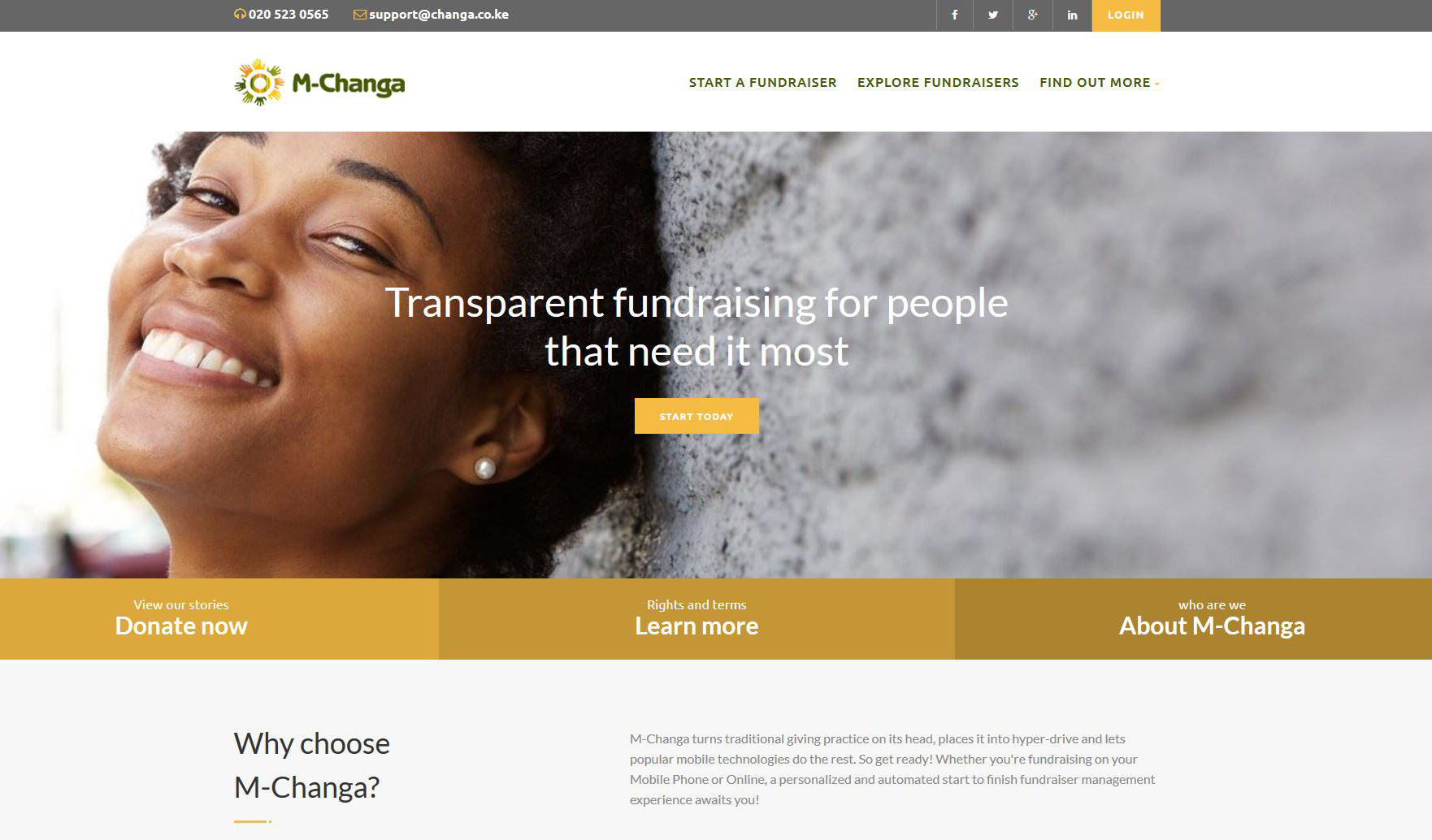Global policymaking
Time to face the challenge

Later last year, the Organisation for Economic Cooperation and Development (OECD), published its “Global outlook on financing for sustainable development 2019”. The flagship report of this umbrella organisation of rich nations raises an alarm, pointing out that not enough funds are being made available for achieving the UN’s sustainable development goals (SDG). Indeed, SDG spending actually seems to be declining.
According to the authors, the international community will now either set in motion a virtuous cycle or a vicious one. In the first case, adequate spending on SDGs in rich countries will trigger appropriate resource mobilisation in less advantaged countries, so progress in terms of sustainability is made. Externalities will then be positive and reduce the costs of further SDG implementation. In that scenario, multilateralism will be reinforced, and SDG funding will seem more affordable from year to year.
If, however, rich countries do not provide sufficient funding now, developing countries and emerging markets will also invest less, so the externalities will be negative, and the challenges will look ever more daunting. Multilateralism would become ever less attractive, while global problems such as environmental degradation, population growth and poverty would become ever more difficult to tackle. SDG attainment would seem ever farther out of reach.
As the OECD report argues, it is essential to set the vicious cycle in motion now. The international community must not let things get worse, but has to create the right dynamics for global progress. Though the annual SDG financing gaps are estimated to amount to $ 2.5 trillion (which is 17 times more than annual ODA flows around the world), the OECD experts insist that the money can be mobilised. Their point is: “Global savings largely exceed the SDG financing needs.” The snag is that much of those savings are not used for SDG purposes so far.
Defining moment
The report’s starting point is plausible. As the document also shows, however, the landscape of SDG finance is bewilderingly complex. The OECD has a clear definition of what kind of spending counts as official development assistance (ODA) and monitors the relevant financial flows diligently, but there is no international consensus on what SDG finance means. A wide range of transactions is relevant.
ODA is only one pillar, and not the most important one. Others include government revenues of developing countries and emerging markets, domestic private investments, foreign direct investments, migrants’ remittances, ODA-like programmes of emerging-market governments and action by philanthropic institutions.
The authors assess a broad range of these pillars. They find difficulties everywhere. They assume, for example, that a country’s tax revenues should at least be worth 15 % of gross domestic product. However, the average ratio for low income and least developed countries is a mere 14 %. That figure implies that tax systems have to improve in many places (also see Dereje Alemayehu on p. 27 in D+C/E+Z e-Paper, 2019/07, Focus section). At the same time, it is reckoned that 80 % of low income and least developed countries offer private investors tax breaks and tax holidays that do not serve sustainable development. The report states that such destructive practices must be curbed.
It also points out that foreign direct investments to developing countries dropped by 30 % in 2016 to 2017. Protectionist trends might reduce them further.
Given that the money sent home by migrants accounted for more than 30 % of GDP in countries like Tajikistan, Kyrgyzstan or Tonga, the OECD team bemoans that not enough is being done to facilitate the flow of remittances. They are declared to be too expensive. Another serious challenge is that they are not used systematically and prudently in ways that would lead to SDG achievements. More policy guidance is needed, according to the OECD, and that basically is true of all pillars of SDG finance.
Results matter
In the eyes of the OECD experts, results matter, but intentions do not. If, for instance, a major infrastructure programme causes considerable environmental damage, they want to exclude the related expenditure from SDG finance statistics. They argue that the real environmental and social impact of any investment – whether public or private – must be checked: “It is necessary to distinguish the share of finance that effectively promotes sustainable development from the share that does not or that aggravates economic, social and environmental outcomes.” Accordingly, the report calls for a stronger culture of evaluation and impact assessments – not merely in the public sector, but in the private sector and civil society as well.
Further complicating matters, future financing opportunities are very hard to predict. As the number and the diversity of relevant financial actors is growing, financial flows are becoming more volatile too. The business cycle has an impact on all sources of SDG finance, and world trade has impacts on all countries. Natural and political disasters (including war) can severely harm economies. In the eyes of the OECD team, all of these issues need to be taken into account.
The authors warn that the landscape of SDG finance has become very difficult to navigate, so governments with weak capacities in particular are likely to be overburdened. The authors counted more than 1,000 financial instruments that policymakers can choose from. From 2000 to 2016, according to the report, bilateral donors set up 167 facilities for blended finance, involving both private and public funding.
Synergies and trade-offs are hard to understand, and fast innovation keeps making the scenario ever more complex. They argue that the governments of low income and least developed countries must get the support they need to be able to optimise their countries’ policies on SDG finance. In line with the aid-effectiveness debate the OECD launched after the turn of millennium, they want national governments to be in the driver’s seat when it comes to drafting and implementing development policies.
Immature market
In view of all these things, the OECD authors argue that the international community has moved on from merely assessing ODA to considering development finance in general and must now further narrow the focus on SDG finance. In their view, the market for SDG finance is “immature”. They demand more transparency, regulation and coordination. They speak of nothing less than systemic change. Categories of SDG finance must be defined accurately and the respective flows must be documented. New rules and regulations are needed. Quite obviously, the OECD experts are eager to assume duty and start tackling these multi-layered challenges.
It would be easy to dismiss their report as a self-serving attempt to implement an employment scheme at the OECD and other multilateral institutions. Free-market radicals will be tempted to do so. The truth, however, is that many SDG challenges result from market failures. To put it more bluntly than the OECD does: If markets responded to need rather more than merely purchasing power, there would be less poverty. If all market transactions included payments for repairing unwanted side effects, there would be no environmental destruction.
In view of the Great Depression of the 1930s, economists developed new paradigms and new concepts. Back then, national accounts were first used to compile GDP statistics. That is now business as usual, but it was a major and complex innovation back then, so it became possible to draft and implement macroeconomic policies. Today, that approach is no longer sufficient, because the accounting system does not cover environmental issues and misrepresents social ones. It only assesses spending, not people’s well-being. More spending, however, does not always mean a better life.
The challenges we face now are even greater than in the 1930s, but our capacities have increased dramatically too. Nobody ever said the transformation to sustainability would be easy or simple. The subtitle of the OECD report is: “Time to face the challenge”. If humankind refuses to rise to the challenge, things will only deteriorate. As the OECD report spells out correctly, unless the virtuous circle mentioned above is set in motion, economic growth will prove elusive even in the rich nations where many citizens now wonder whether the SDG agenda is not too expensive. The truth is that the vicious cycle would prove far more costly.
Reference
OECD, 2018: Global outlook on financing for sustainable development 2019 – Time to face the challenge. Paris, OECD.
http://www.oecd.org/development/global-outlook-on-financing-for-sustainable-development-2019-9789264307995-en.htm













